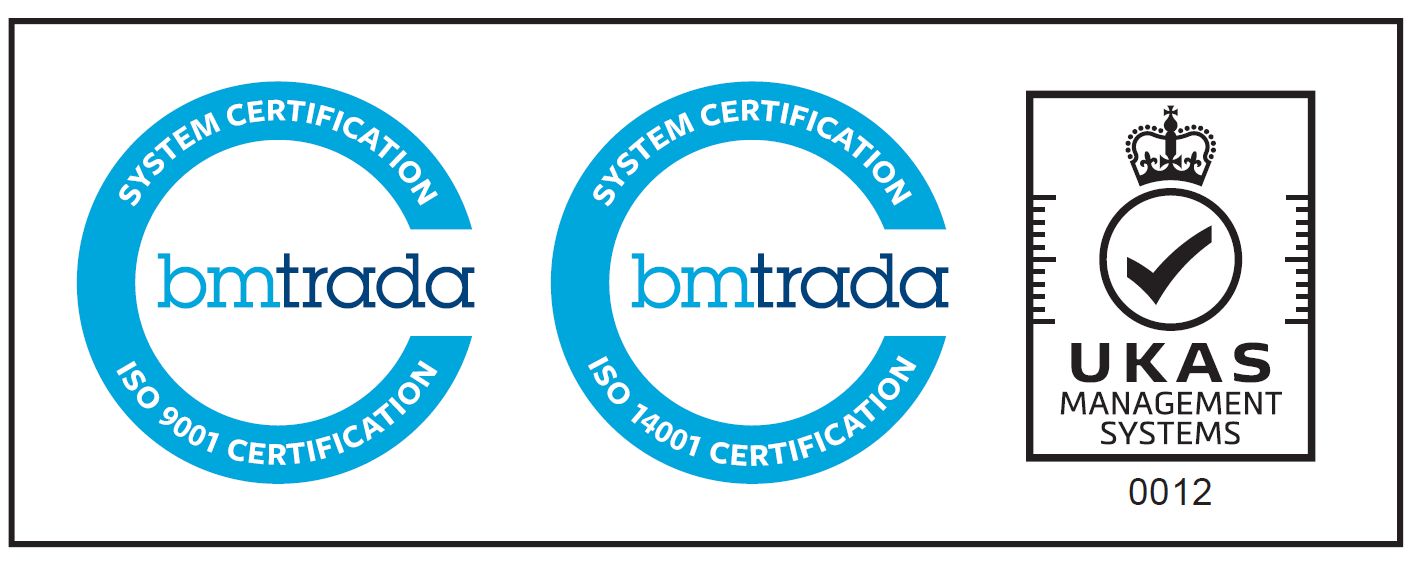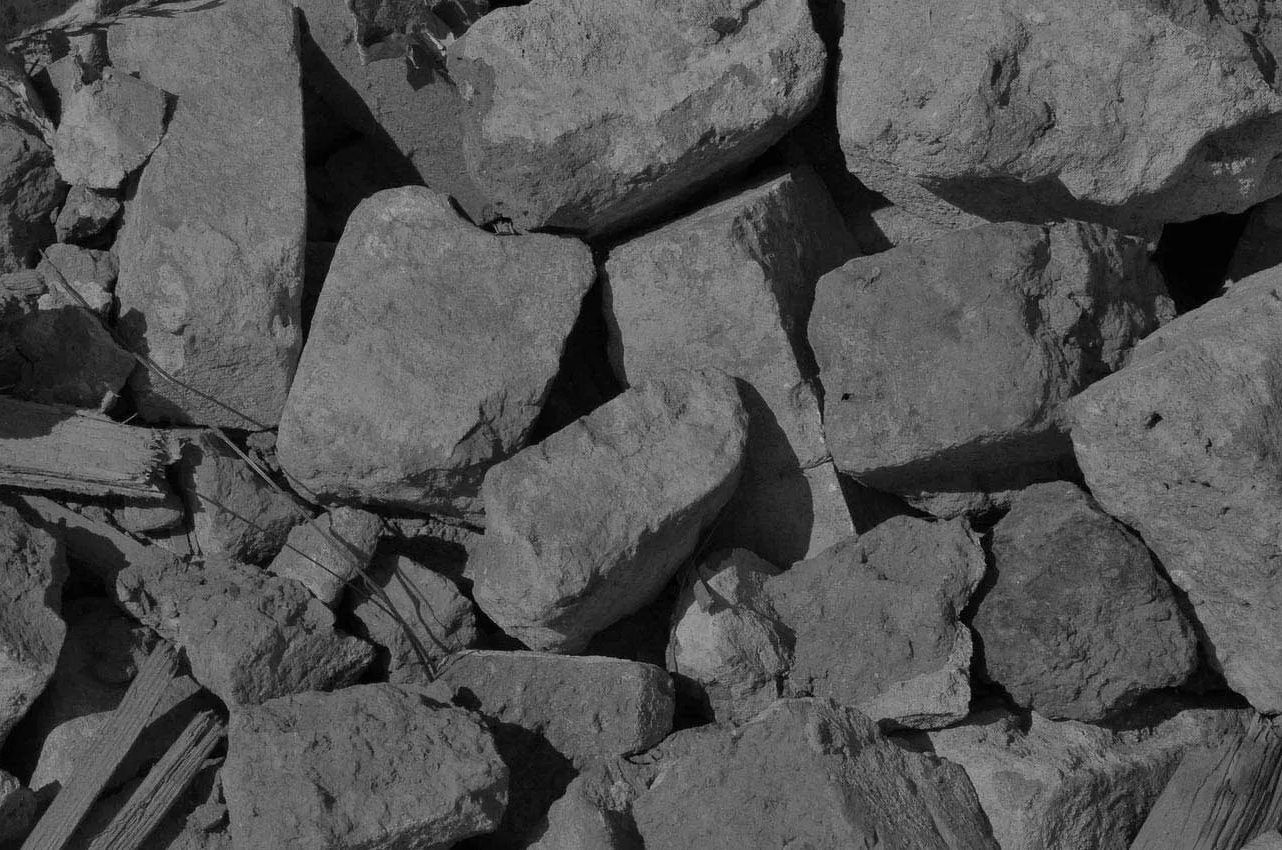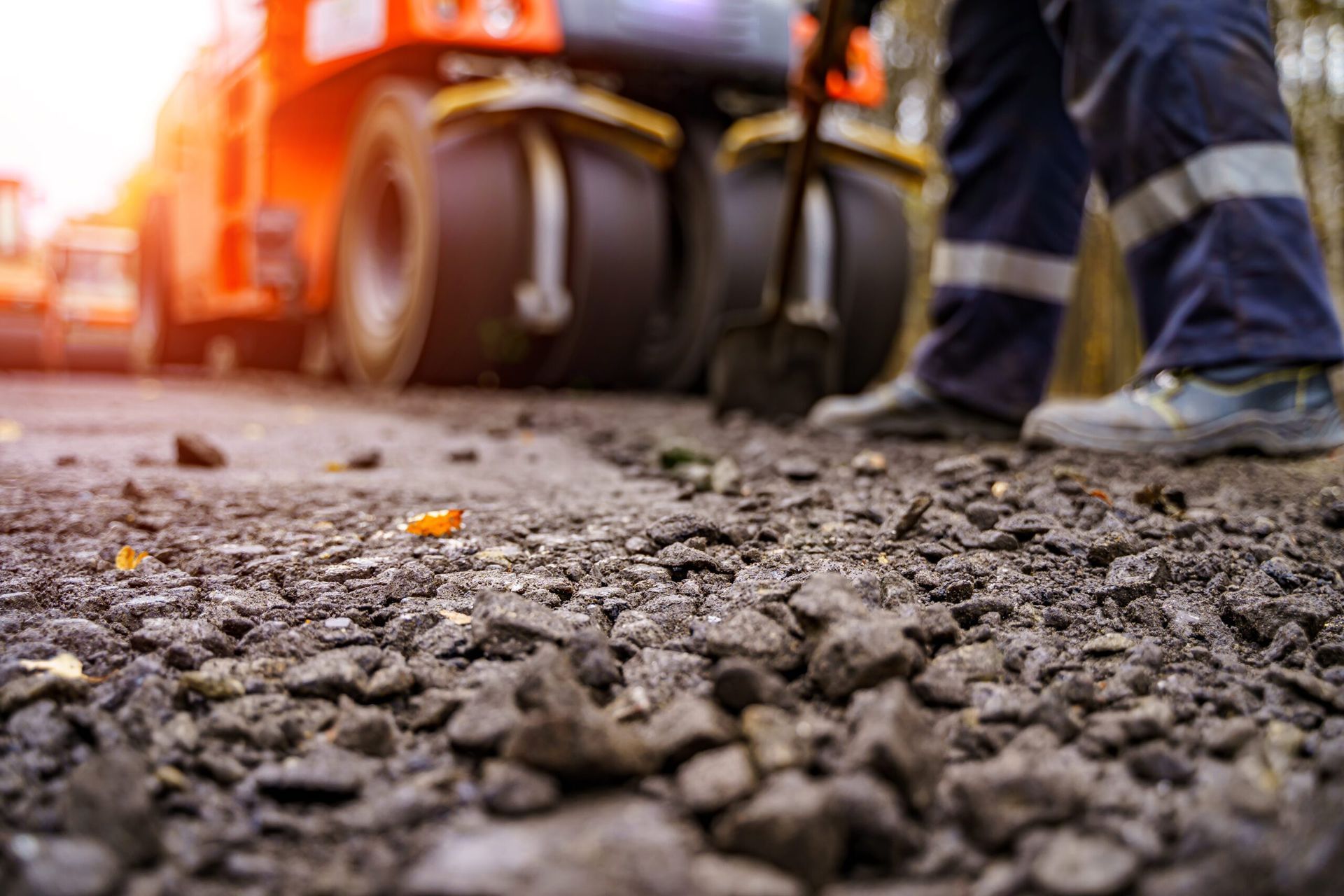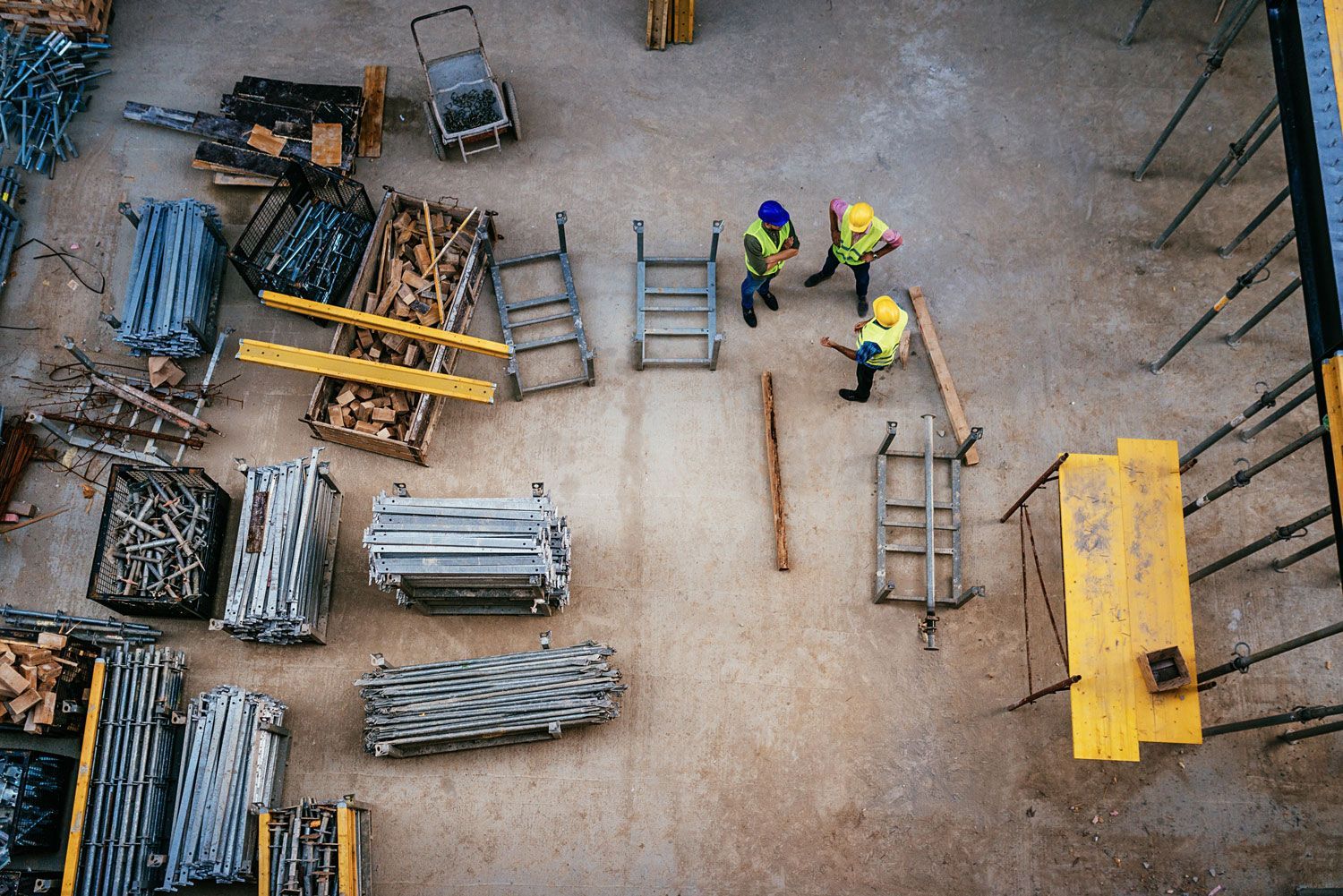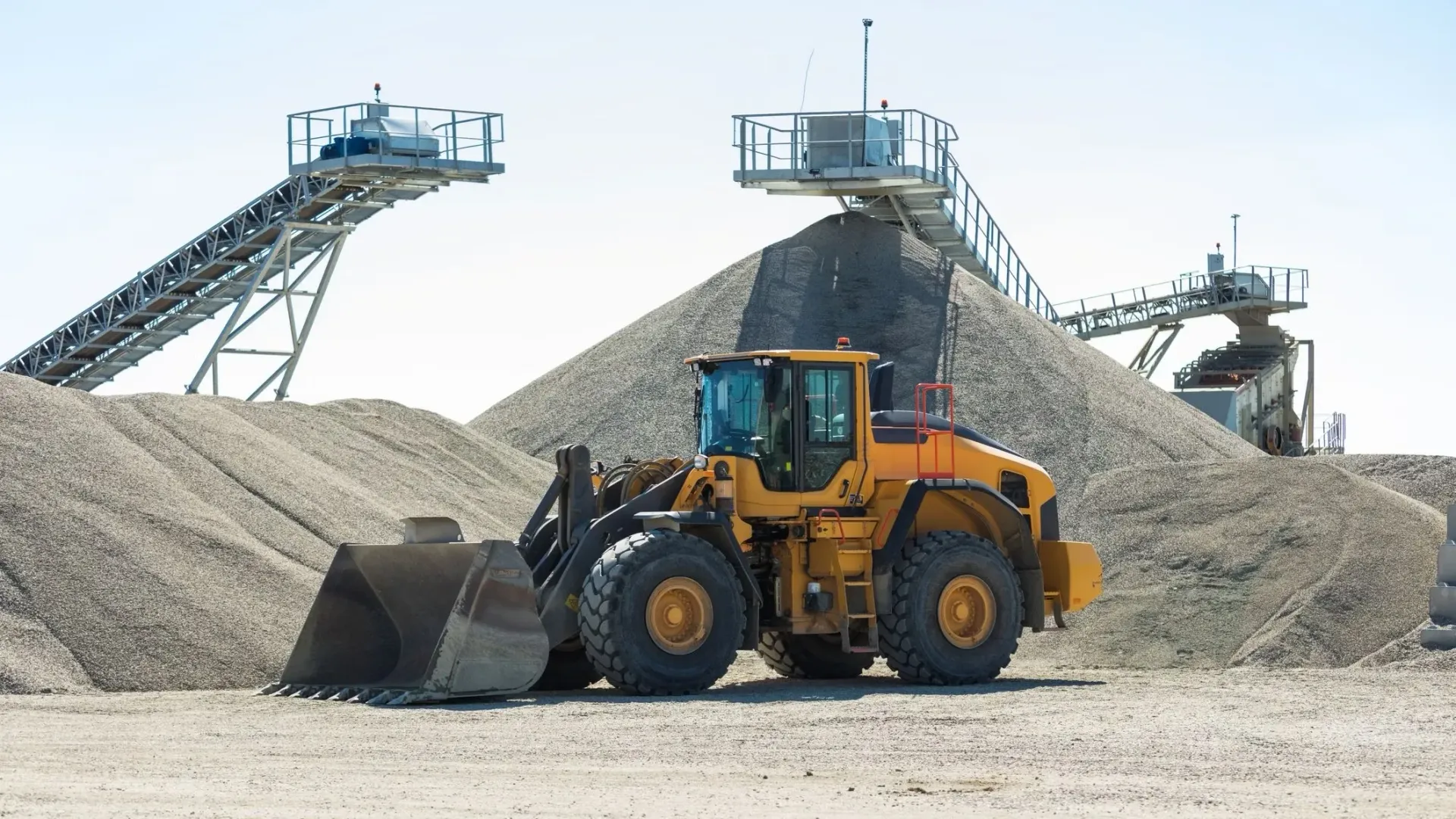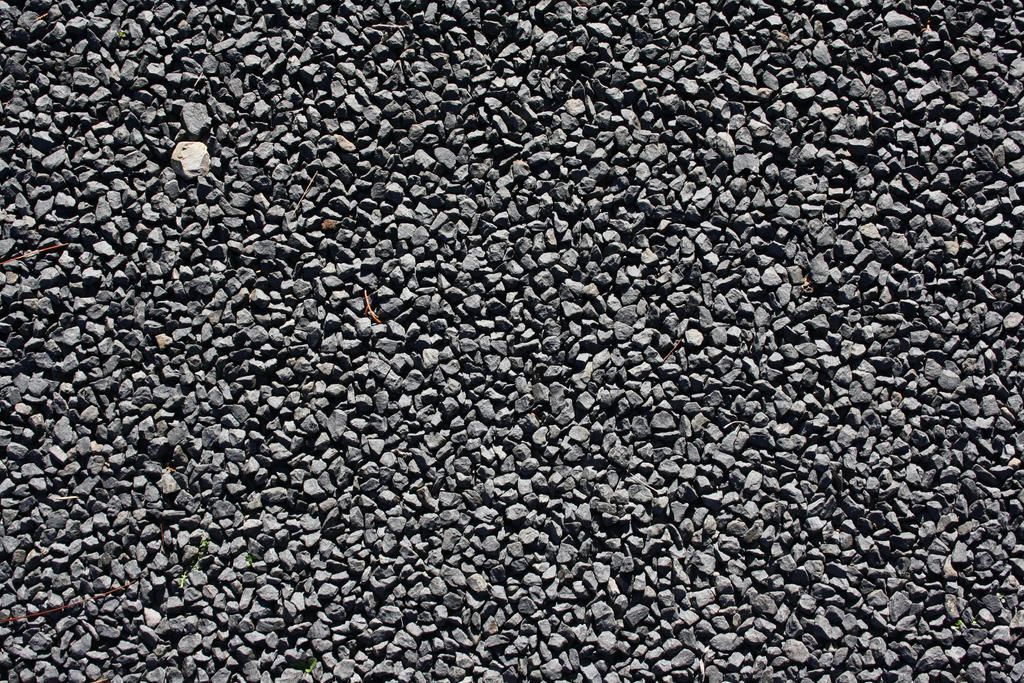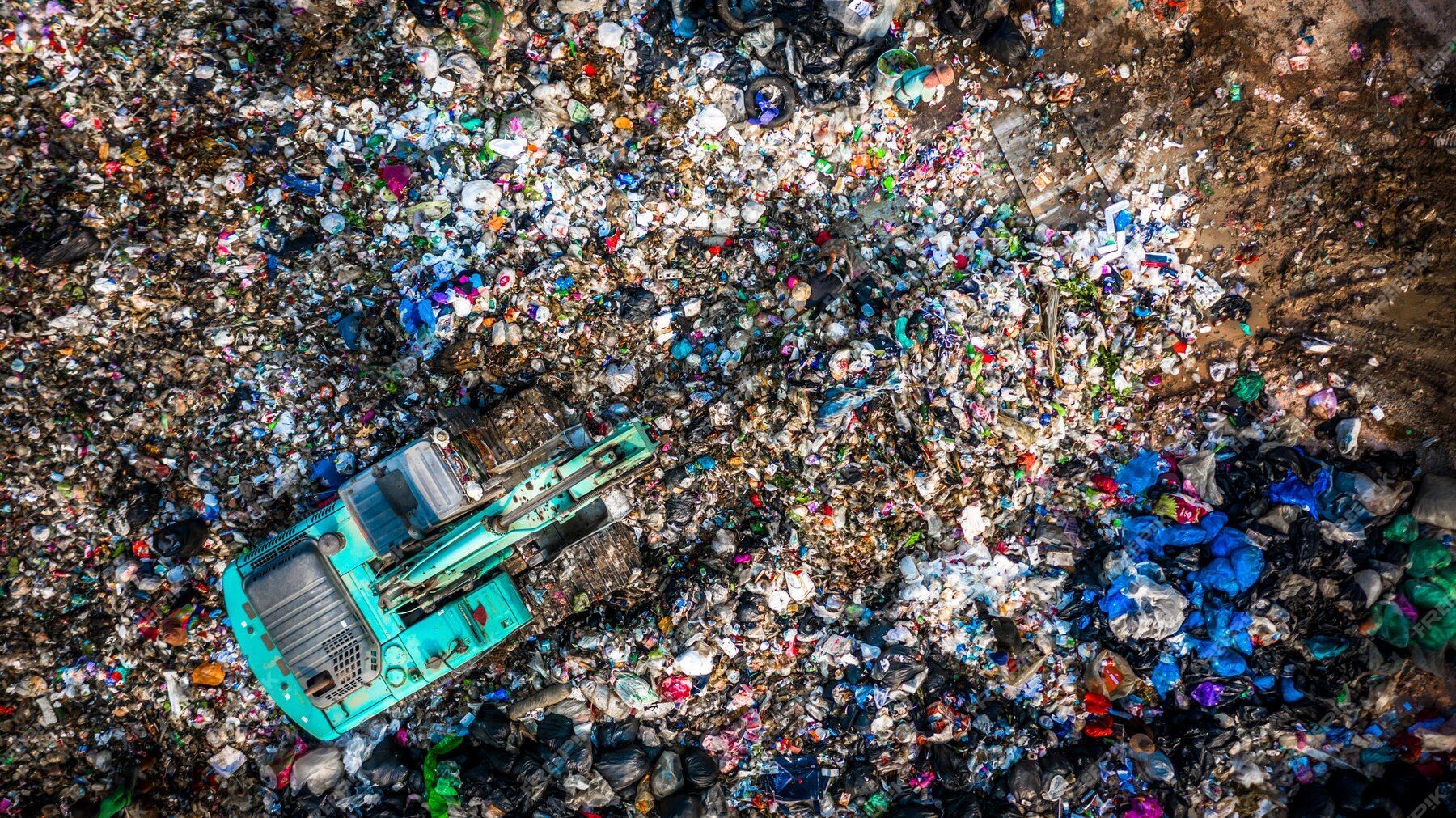What Makes Quarry Gravel Different from Other Gravel Types?
Gravel is a versatile and essential material used in a variety of applications, from landscaping projects to construction and road building. However, not all gravel is created equal. When it comes to choosing the right type for your project, it’s important to understand the differences between the various types available. Among the most commonly used options are quarry gravel, crushed stone, and landscaping gravel. In this blog, we’ll explore what sets quarry gravel apart from other gravel types and why it might be the ideal choice for your next project.
Source of Quarry Gravel
One of the key differences between quarry gravel and other types of gravel is its source. Quarry gravel is specifically mined from quarries, where it is extracted from rock deposits through blasting, crushing, and screening. This process creates gravel that is naturally more angular and rough in texture, making it perfect for use in various construction and landscaping applications.
In comparison, crushed stone is also made by crushing rock but is often finer and smoother due to the nature of the crushing process. While landscaping gravel is typically sourced from natural riverbeds or other natural deposits, it tends to have a smoother, rounder shape due to the natural erosion process.
Gravel Texture and Shape
The texture and shape of gravel can have a significant impact on its function and appearance. Quarry gravel typically features angular edges, which help the material interlock tightly when laid down. This makes it a great choice for driveways, pathways, and areas that require a stable, firm surface. Its rough texture helps it to stay in place and resist shifting over time.
On the other hand, crushed stone can come in a variety of sizes and is often smoother and more uniform in shape. It’s frequently used in concrete production or as a base material for paving projects, as its smoother texture is ideal for creating stable foundations.
Durability and Stability
When it comes to durability, quarry gravel stands out due to its dense and tough nature. Since it’s created from crushed rock in quarries, it’s able to withstand heavy traffic and environmental stress. This makes it particularly suitable for heavy-duty applications such as road surfacing or as a sub-base material for construction projects.
Crushed stone is also durable but tends to be finer, which means it might not interlock as well as quarry gravel for certain applications like driveways or paths. It is often used for projects that require a strong, stable base, such as concrete foundations or roads, but may not be as effective for areas subject to high vehicle traffic or shifting loads.
Landscaping gravel, while durable for decorative purposes, typically isn’t suitable for high-traffic areas. Its rounded shape and lighter weight make it more prone to shifting, which can result in a less stable surface over time.
Applications of Quarry Gravel
Given its durability, interlocking nature, and cost-effectiveness, quarry gravel is highly versatile and can be used in a wide range of applications, including:
● Driveways and paths: Its angular texture ensures that the gravel stays in place, even under the weight of vehicles.
● Landscaping projects: Quarry gravel can be used for everything from garden borders to drainage solutions.
● Road construction: It is often used as a sub-base or base material in the creation of roads and highways.
● Construction projects: Quarry gravel is commonly used as a fill material or as part of a concrete mix.
WM Thompson & Sons: Quality Quarry Gravel
Get in touch with our team today to learn more about how we can support your gravel needs.
